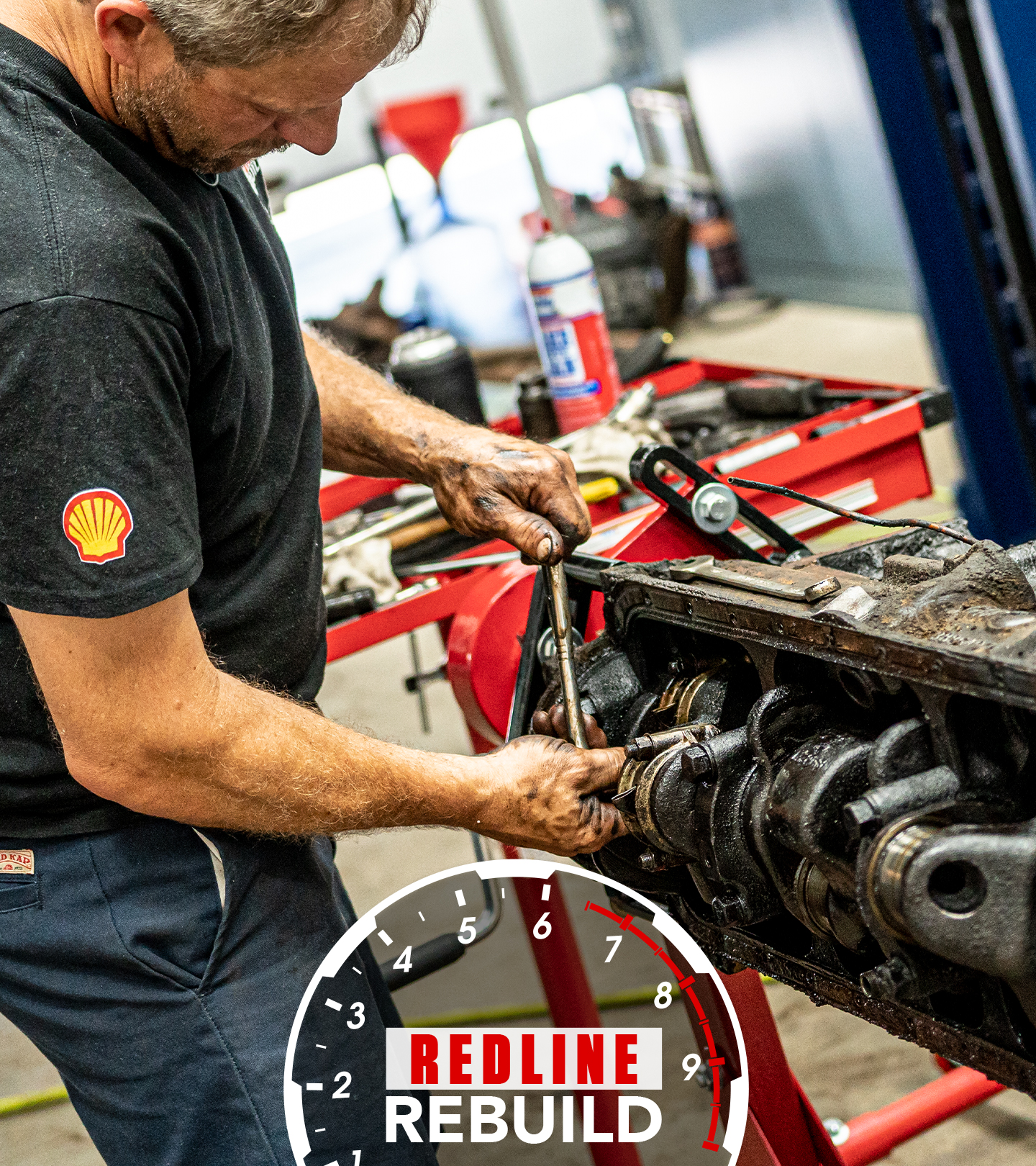Measuring cylinder bores using a dial bore gauge | DIY - Hagerty Media
The secret to properly rebuilding an engine isn’t really a secret at all; it’s measurement. If you don’t know what you have, you will never know what you need to do. This goes for almost all parts of an engine assembly, from bearings to bolt torque. For today’s DIY episode, Davin talks you through one of the most critical measurements needed when sending your engine block out for machining: bore diameter.
On the surface, measuring the diameter of each cylinder with a pair of calipers sounds like a simple process. The problem? A set of calipers is only designed to measure 3/8 inches deep and thus won’t tell you much about the wear pattern in a 5–6-inch-tall cylinder. You’ll need to set up a micrometer and use a telescoping gauge to transfer the inside diameter of the cylinder to the micrometer where you can actually measure it.
An even better option is to use a bore gauge. Once set, this spring-loaded tool can make the process much faster and every bit as accurate. To start, make sure the anvil is the proper length to contact the cylinder wall. Then you can zero out the gauge in the bore. Here, the most important part about the bore gauge becomes obvious: It doesn’t measure anything; it merely tells you how one spot in the cylinder compares to another.
To get the measurement, use your micrometer to gently squeeze the bore gauge until it zeros out again. Now you know the inside diameter of that specific spot in the cylinder and are set to quickly make the remaining measurements. Davin likes to measure at three depths in each cylinder, rotate 90 degrees, and repeat the process. This method reveals how the cylinder is wearing and where the worst of the wear lies. In the case of the engine block on Davin’s bench, the cylinder has worn in a slight hourglass shape: The diameter is slightly smaller in the center, and larger at the top and bottom.
With the proper tools, you can easily evaluate how good (or bad) your engine block is. The next step is communicating these numbers to the machine shop and understanding what they are going to do with them. If you want to hear about that part of the process, be sure to subscribe and watch for next week’s DIY episode.










